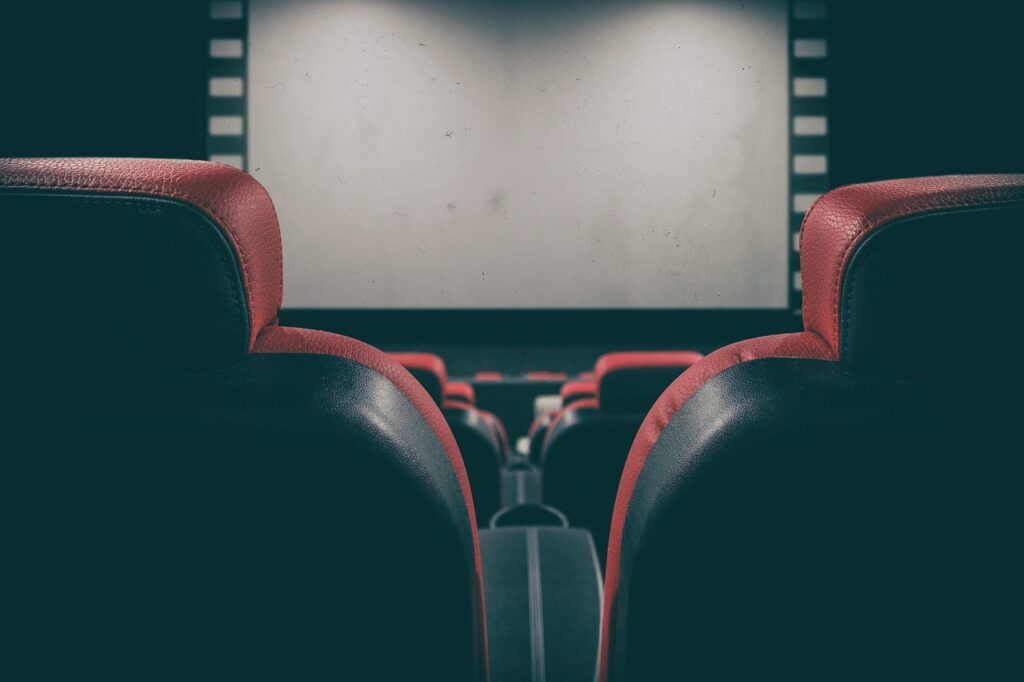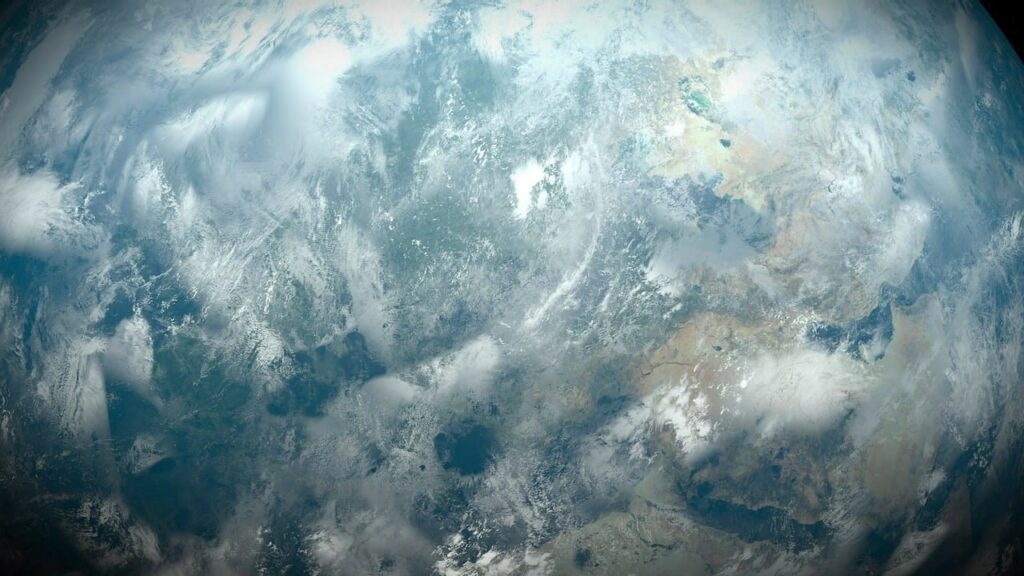Way back when, when I was in graduate school for my Master of Fine Arts in Creative Writing (MFA), I took a couple of different classes in adapting novels for the screen, and, while it was an interesting course, I don’t think I ever truly understood or appreciated the idea until long after I received my degree. Now, this turning novels into films and writing screenplays based on published novels intrigues me even more. In fact, I find it absolutely fascinating to watch a movie based on a novel familiar to me; I truly am amazed at how they cull through the material of someone else’s story, what they choose to include and, even more, what they choose to alter or leave out altogether.

These thoughts have sparked my curiosity for both stage and screen adaptations for many years, including Les Miserables and Phantom of the Opera on Broadway, and The Hunger Games books, Wicked, and The Princess Diaries on the big screen. And, I wonder, sometimes, do the novel writers or even the screenwriters ever second guess the differences when they compare how they’ve each told their stories?
As part of our unschooling homeschool adventures here, we are doing two different read alouds—a nonfiction book, Flying to the Moon: An Astronaut’s Story by Michael Collins, and a fiction book, The Princess Diaries, by Meg Cabot. We are thoroughly enjoying both for different reasons, but, personally, I have a more vested interest in The Princess Diaries. For one thing, our family has watched the movie, The Princess Diary and its sequel many times; we love Anne Hathaway as Mia Thermopolis and adore Julie Andrews as Mia’s grandmother because, as my 14 year old has said, Julie Andrews doesn’t play a mean character. Stern, definitely. But mean? Most definitely not.
Now, if you’ve read Meg Cabot’s book, you probably know already it is a bit of a shock if all you know is the movie version of this story. And, yet, it is a wonderful reading adventure so far with my teenagers. We cannot help but pause often to consider the differences in the diary entry-style of the novel and the information Mia provides in her diary to the way the characters and events are portrayed on the screen. As we pressed on through the opening, part of me couldn’t help but question if the book might eventually feel more like a story, even if that story is vastly different from the screen version. My 17 year old astutely pointed out she felt the opening pretty much serves as a means of introducing us to some of the key characters. And, as we sat down to read some more of the book earlier today, my 14 year old said she was definitely interested in finishing the book even though it is so incredibly and weirdly different. My teenagers have contrasted character development and portrayals, the storytelling, and even the basic feel of the book. I think my 17 year old summed it up pretty well when she declared the novel as definitely more unhinged than the movie.
Sometimes, as a parent, especially a parent who is unschooling or homeschooling their teenagers, you can second guess yourself. A lot. Like, a whole lot. Homeschooling aside, I believe we parents tend to second guess ourselves way too often, comparing what we’re doing to what other parents choose to do, or measuring our kids’ abilities against what we assume other kids are capable of doing. There can be a lot of guilt and insecurity and uncertainty when it comes to parenting, and that’s one of the reasons I remind myself often to keep the bigger pictures in mind. It’s one of the reasons I try to shake off the cultural and societal ideas of what “successful” parenting or “successful” schooling looks like. Because, man, when you are in the trenches on a daily basis, you can lose sight of the wonder of your kids, in my case, my teenagers.

At the end of each day, I try to consider the big picture. Even more, I try to give myself a few moments to really see my girls—see who they are and appreciate their gifts, their talents, their passions, and their abilities. I don’t want to lose sight of the mystery and miracle each of them truly is. Because they are; in the big picture of this life, each of us holds a little bit of the mystery of the sacred inside of; we are, after all, each of us created in the image of God. When I take time to pause and soak in these two incredible young women, sometimes my breath catches. They are not merely a collection of checkboxes of the things they can do nor are they a cluster of behaviors to control or hone.
I cannot tell you the number of times in a day or a week I will pause and contemplate these remarkable young women and all they carry within them and into the world. This is one of the reasons I am grateful for the opportunity to unschool them. I like the reminder that there is not a single correct way of doing something. I enjoy learning from them as they share ideas when we do school together. I love seeing the ways they see the world. I am thankful I get to help them embrace who they are and instill in each of them a confidence that allows them to be who they are meant to be. I get to support them as they live out their stories, telling their best story without second guessing their choices. Truly, it’s a pretty awesome adventure.
